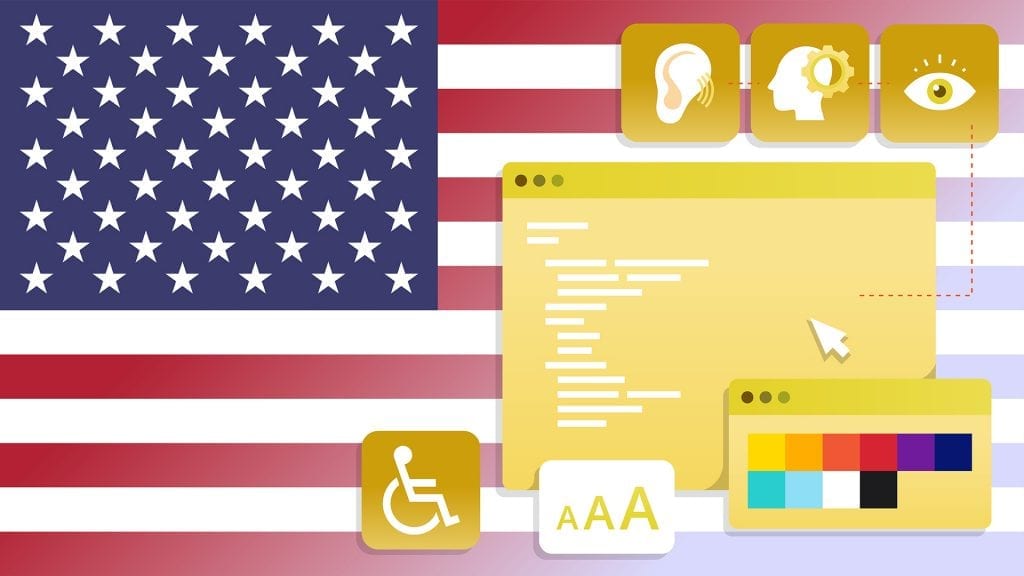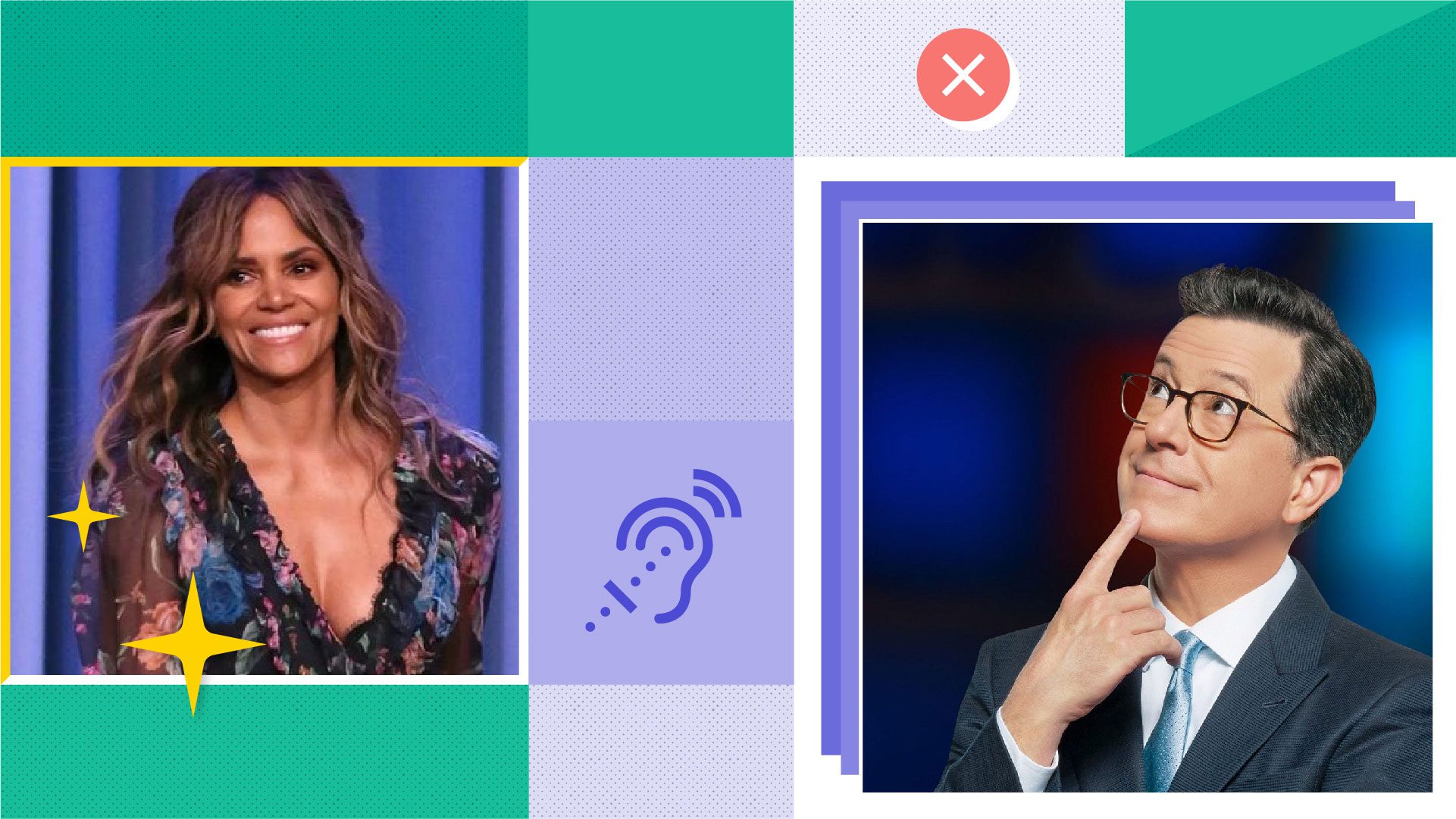All You Should Know About Web Accessibility Laws in the United States

Rev › Blog › Accessibility ›
What’s required to meet accessibility standards in the United States? Here’s everything you need to know to avoid accessibility violations.
What Are Web Accessibility Laws?
Title III of the Americans with Disabilities Act (ADA) prohibits discrimination “on the basis of disability in the activities of public accommodations.” While the law was enacted primarily to focus on obstacles at physical locations, it’s being applied to websites as well.
Title II of the ADA applies to state and local governments. Federal agencies, government contractors, and programs that receive federal funding are also subject to Section 504 and Section 508 of the Rehabilitation Act of 1973, amended to address online resources.
If a website is inaccessible to those with disabilities, the business could be required to redesign the website, incur monetary damages, and pay attorneys’ fees.
When it comes to US web accessibility standards, US businesses are on notice.
Who Does Web Accessibility Law Benefit?
61 million Americans report having a disability that affects major life activities, according to the Center for Disease Control. That works out to 25% of all adults living in the U.S. The CDC classifies disabilities as those affected by these categories:
- Mobility
- Vision
- Hearing
- Cognition
- Independent Living
- Self-Care
Web accessibility laws and US web accessibility standards are aimed at making sure anyone suffering from these disabilities have the same right of access as non-disabled.
Who Is Required to Follow Web Accessibility Laws?
Generally speaking, any business that is public-facing is required to comply with web accessibility standards and guidelines. The Americans with Disabilities Act applies to private businesses in one of these 12 categories:
- Lodging
- Businesses serving food or drink
- Entertainment or exhibition
- Public gathering
- Sales or rental businesses
- Service establishments
- Public transportation
- Public display
- Recreation
- Education
- Social services
- Exercise or recreation
The ADA applies to state and local governments in addition to Section 504 and Section 508 of the Rehabilitation Act of 1973, which was amended for online resources.
Also, many states have adopted their own rules, modeled on these regulations and standards.
How Are Web Accessibility Laws Enforced?
The federal government, through the Department of Justice, can sue in court for enforcement of ADA laws. It can seek changes and civil penalties. More commonly, businesses are the target of class action suits. Dominos, Netflix, and Target all faced lawsuits by advocacy groups over the accessibility of their websites, forcing changes to company practices.
Class action suits for ADA violations are on the rise. 2,285 were filed last year representing an increase of 181% over the previous year. Most cases settle out of court with companies agreeing to make changes to its website.
How to Comply with US Web Accessibility Standards
While the ADA prohibits discrimination based on disability, it does not detail how to comply with US web accessibility laws online. In fact, it does not address websites at all. There is no official criteria listed in ADA laws.
Court rulings have favored businesses, however, that followed the Web Accessibility Initiative (WAI) published by the World Wide Web Consortium (W3C). The Web Content Accessibility Guidelines (WCAG) provide a list of recommendations to make online content more accessible to those with disabilities. It covers four main areas:
Perceivable
All users, including those with impaired vision, should be able to see and read your website.
Operable
Websites should be responsive and easy to navigate for all users across multiple browsers and mobile devices
Understandable
Websites should be organized in a way that’s easy to use and use language that most customers can understand.
Robust
Websites should integrate with tools (Assistive Technology or AT) that are used by users with disabilities.
The WAI and WCAG 2.1 Guidelines are a long list of items for businesses, User Experience (UX) designers, and web designers. If you want to check if your website is compliant, you can access a list of online tools you can use to check.



